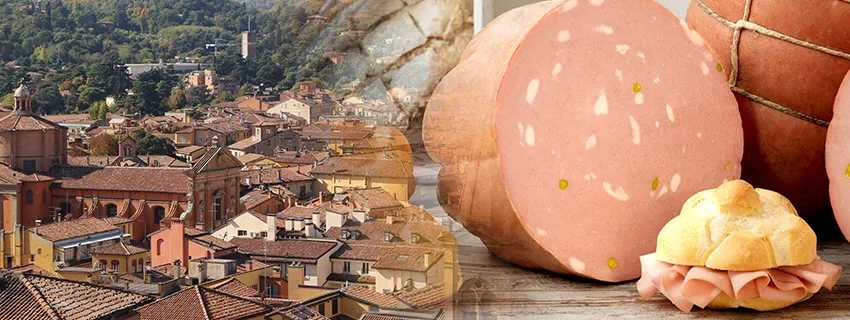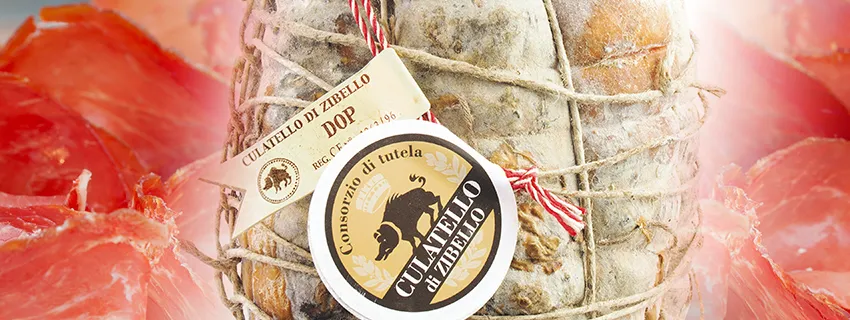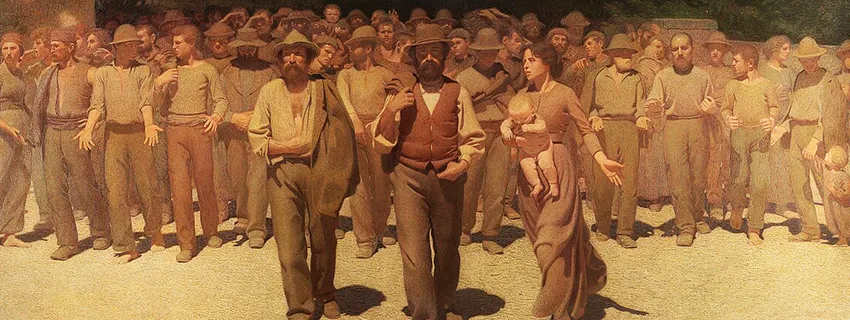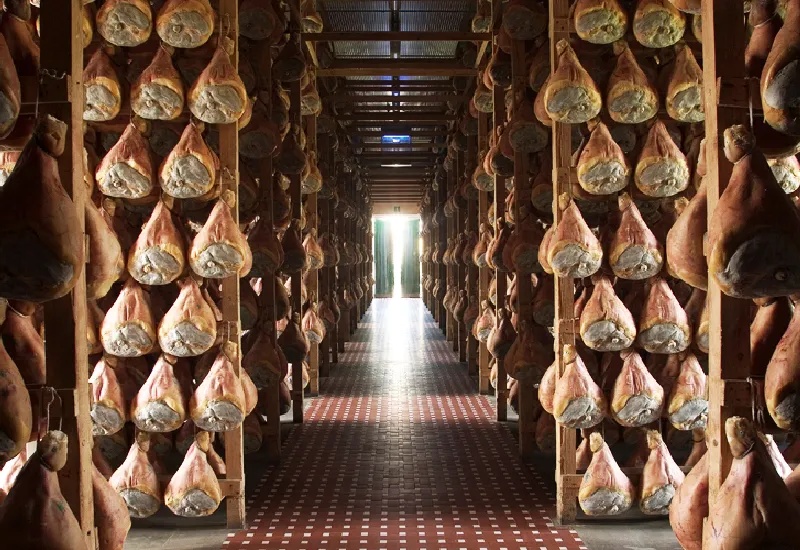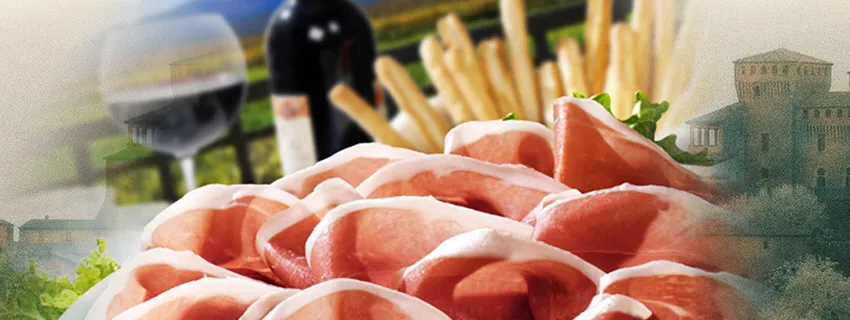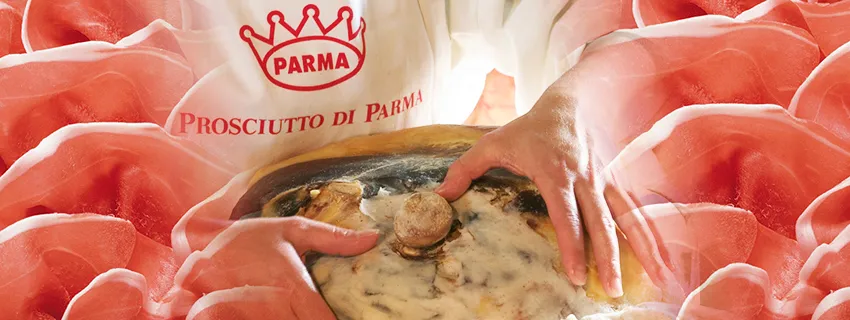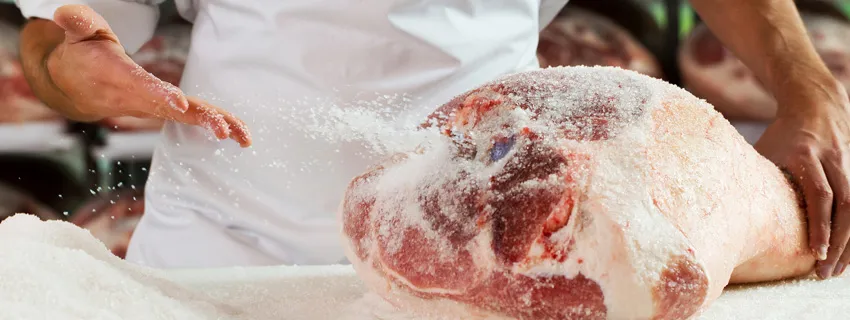Published:
Author: Antonio Maria Guerra
Italian Cold Cuts
The Most Typical Specialties

Welcome! This section of WebFoodCulture is dedicated to the most typical Italian cold cuts. We will explain what makes them so special and inimitable, starting with their history and places of origin, all seasoned with a large number of curiosities. Finally, we will discover their most traditional producers, thanks to which it will be possible to savor the most authentic taste of these delicacies. Enjoy the reading!
‘Culatello’ is a cured meat produced for many centuries in some villages of the Parma province: above all, the Municipality of Zibello. The connection between this specialty and its territory of origin is indissoluble: regarding this, it should be remembered that its unique taste depends, among other things, on the peculiar alternation in this area of hot and dry summers with cold and humid winters. (read more)
Origin: Zibello (Emilia-Romagna) Typology: Cold Cuts
Last update
In this article we will discover how Culatello di Zibello, considered by many to be the ‘king of cured meats’, is produced. (read more)
Origin: Zibello (Emilia-Romagna) Typology: Cold Cuts
Mortadella is a typical Italian cold cut whose origins lie belong to a distant past: some scholars speculate that they could date back to the medieval period, others to the Roman or even Etruscan era.
(read more)
Origin: Bologna (Emilia-Romagna)
Typology: Cold Cuts
In this article we will find out how mortadella is made. A procedure whose origins date back to the Middle Ages, passed down through generations, and still used today by the most traditional producers of this cured meat. (read more)
Origin: Bologna (Emilia-Romagna)
Typology: Cold Cuts
Culatello is also known as the ‘King of cold cuts’: a bombastic title, there’s no doubt, due to the value, the typicity, and the ancient tradition of an ‘excellence of taste’ that, still today, is prepared by hand. It’s especially this last detail to make it a ‘limited edition’ specialty. (read more)

In Italy, during the second part of the last century (and, in part, still today), Mortadella was considered, in the collective imaginary, as the ‘proletarian’ cold cut par excellence: the essential filling of the sandwich (‘panino’), which was the typical breakfast for the average worker.
(read more)
Prosciutto di Parma is probably the most famous and appreciated Italian ham. As it’s easy to understand from the name, this specialty is originally from the province of Parma, located in Emilia-Romagna region. (read more)
Origin: Parma (Emilia-Romagna)
Typology: Cold Cuts
Prosciutto di Parma is a cured meat that requires not only exceptional quality of raw material, but also great skill in the various steps of its preparation. In this article we will briefly describe these steps.
(read more)
Origin: Parma (Emilia-Romagna)
Typology: Cold Cuts
In ancient times salt was so precious that it was often used as a method of payment for Roman legionaries (hence the word ‘salary’ and its Italian translation ‘salario’). (read more)
Copyright information.
To get copyright information about the images on this page, please refer to the copyright section of each article.



